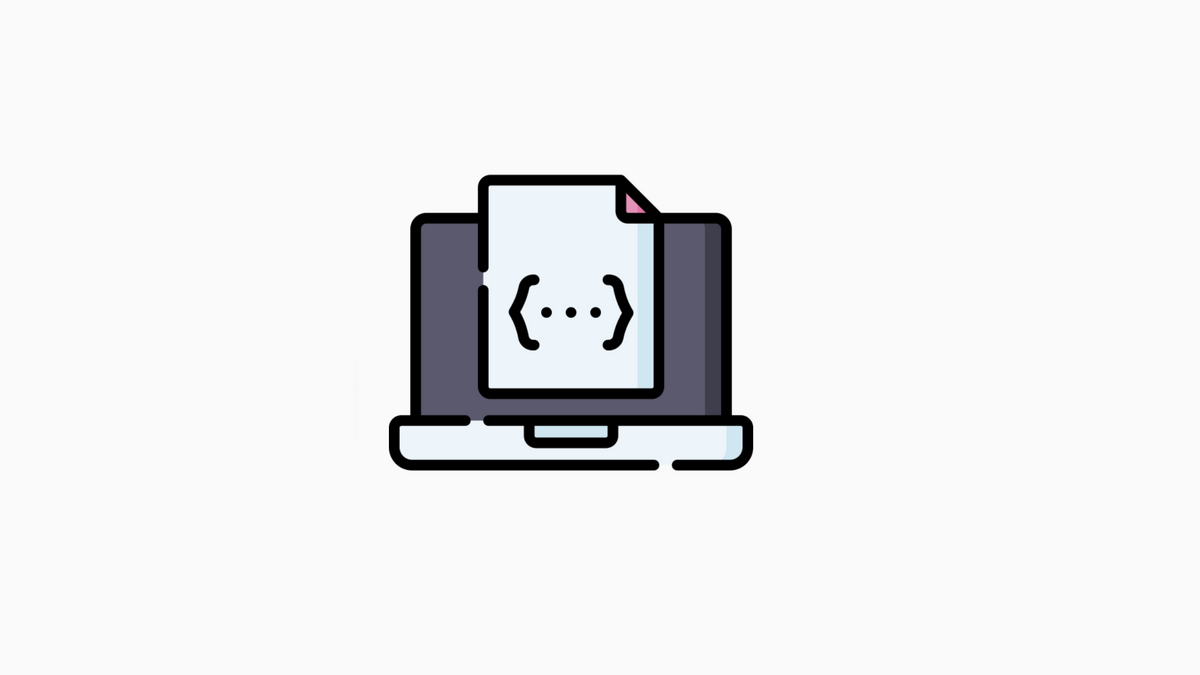Top CSS Frameworks

CSS frameworks are a great way to quickly and easily style your web pages.
Most frameworks include a library of pre-written CSS rules, which can be used to improve the appearance of your website without having to write any code yourself. Additionally, most frameworks come with built-in responsive design features, which allow your website to look great on any device.
Popular CSS frameworks: Bootstrap, Foundation, Materialize, and Bulma.
CSS frameworks provide developers with a library of pre-written CSS code to speed up the development process. This article will compare four popular CSS frameworks: Bootstrap, Foundation, Materialize, and Bulma.
Bootstrap is the most popular CSS framework. It was created by Twitter in 2011 and used by millions of developers. Bootstrap is easy to use and provides various components, such as buttons, forms, and alerts.
Foundation is also a popular CSS framework. It was created by Zurb in 2011 and is used by companies such as Google, Apple, and Facebook. Foundation is also easy to use and provides a wide variety of components.
Materialize is a newer CSS framework that was created in 2014. Google’s Material Design language inspired it.
Pros and cons of using a CSS framework: how do they help, and how do they limit your design options?
CSS frameworks can be extremely helpful in speeding up the development process by providing a base on which to build your design. They can also help to ensure consistency across pages and create a more polished finished product. However, they can also limit your design options, and it can be not easy to tweak the framework to get the exact look you want.
When to use a CSS framework: when is the best solution for your project?
CSS frameworks can be beneficial for web designers and front-end developers. They provide a library of pre-written CSS code that helps to quickly and easily style your website or application. But when is the best time to use a CSS framework?
Here are a few factors to consider when deciding if a CSS framework is the best solution for your project. One of the most important factors is the size and complexity of the project. If your project is small and relatively simple, using a CSS framework may not be necessary. However, if your project is more significant or complex, using a CSS framework can save you time and hassle.
Another factor to consider is your level of experience with CSS. For example, if you are an experienced coder, you may prefer to write your CSS code from scratch.
How to use a CSS framework: some tips for getting started.
CSS frameworks can be extremely helpful when starting a web project. They provide a skeleton for your project, which helps to keep your code organized and easy to understand. However, before you can start using a CSS framework, there are a few things you need to know.
First, you need to decide which framework is proper for you. There are many different options available, so do some research and find one that fits your needs. Second, you need to learn the basics of how the framework works. This may take some time, but it will be worth it in the end. Once you have a basic understanding of the framework, you can start using it in your projects.
There are a few things to keep in mind when using a CSS framework. First, always make sure to read the documentation carefully.
what are the benefits and drawbacks of using a CSS framework?
CSS frameworks are a great way to create a well-organized and styled website quickly. In addition, they have many benefits, such as providing a wide range of colors, fonts, and layout options.
However, they can also be drawbacks, as they can be difficult to customize and add extra weight to your website. Overall, CSS frameworks are an excellent option for quickly creating a beautiful website but make sure to test them out before using them on a live site.